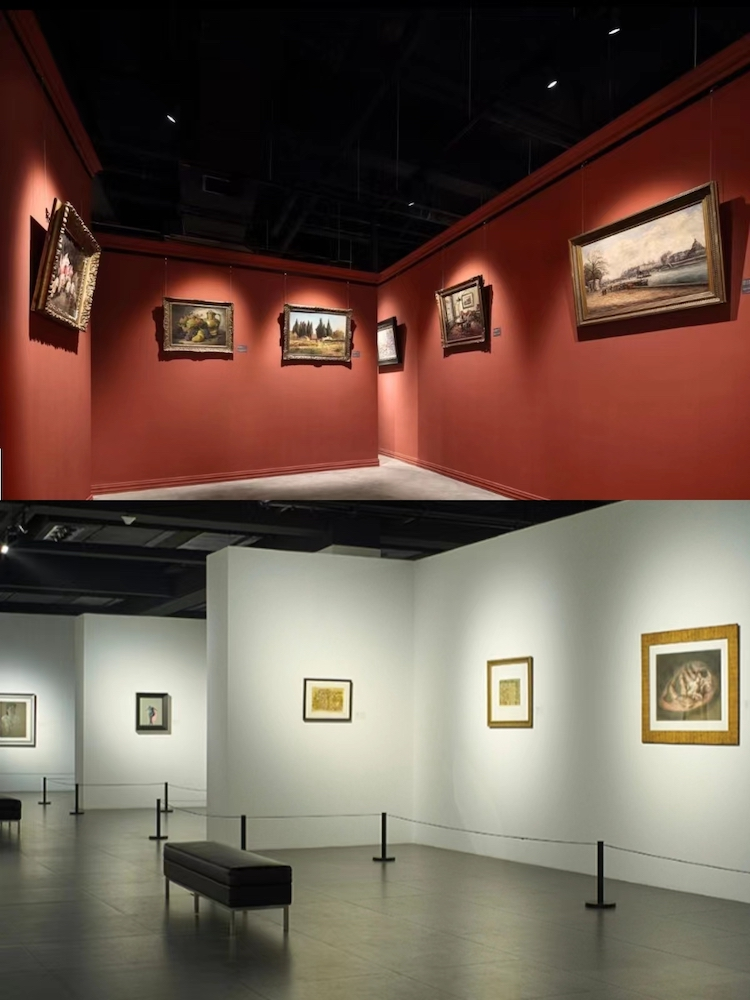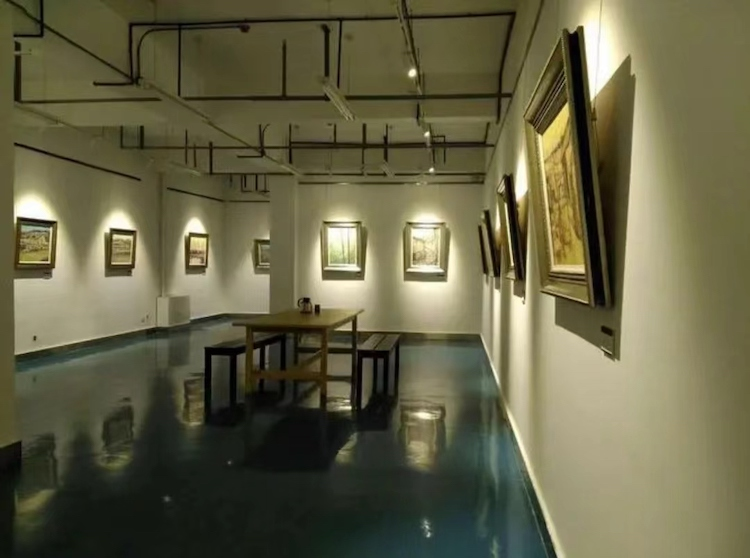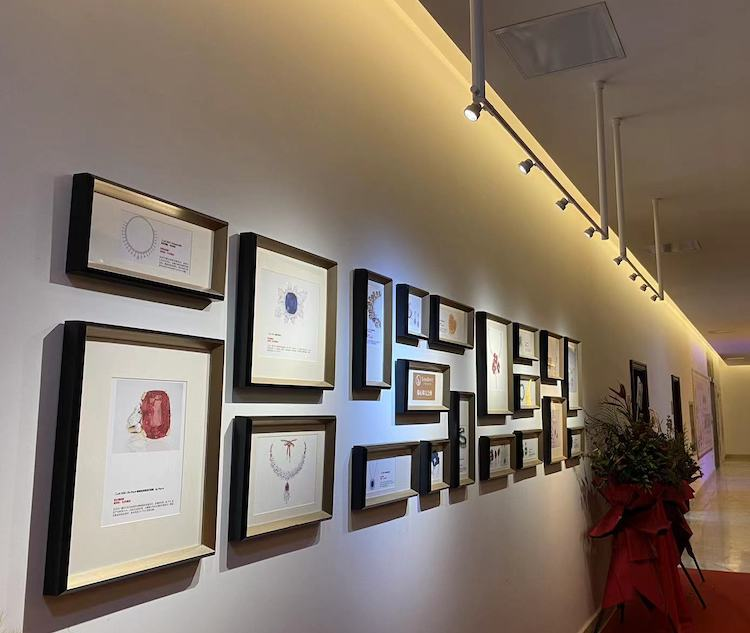How To Light An Art Gallery?
Lighting plays a crucial role in both the display of artworks and the overall experience for the audience. Appropriate lighting can effectively highlight and accentuate the details, colors, and textures of artworks.
The play of light and shadow on artworks is essential for the audience to appreciate the aesthetic beauty of the pieces. A well-designed lighting scheme can make artworks more captivating and engaging for viewers.
Art Gallery Lighting Tips
Tip 1: Avoid Direct Sunlight
Artworks are highly sensitive to light, especially ultraviolet rays, which can cause fading and damage. To ensure the integrity of artworks, it’s advisable to place them in a dimly lit environment supplemented with carefully designed artificial lighting.
Tip 2: Choose Appropriate Lighting Solutions
LED fixtures are increasingly popular in art gallery lighting. They generate relatively low heat, provide high-quality illumination, and have a long lifespan. Additionally, the dimmable nature of LEDs makes them easier to control in terms of lighting levels.
Tip 3: Consider Color Temperature
Some general guidelines for choosing the color temperature of gallery lighting include:
- 2700K-3500K: Creates a warm and inviting atmosphere, suitable for artworks with soft colors.
- 4000K and above: Cool white light. Suitable for emphasizing details and providing clarity for artworks.
Tip 4: Choose Appropriate Brightness Levels
Gallery lighting should be bright enough for visitors to clearly see the artworks but not excessively bright to avoid discomfort. Using a combination of lighting sources can effectively showcase artworks in a balanced manner.
Tip 5: Opt for Suitable Lighting Angles
The ideal lighting angle in a gallery is around 30 degrees. This angle helps to minimize glare and shadows. Carefully planning the installation positions of fixtures ensures optimal lighting effects.
Common Types of Museum Lighting
General lighting serves as the foundational illumination, ensuring even distribution of light throughout the exhibition space.
It guarantees adequate lighting across the entire area, allowing visitors to clearly see artworks throughout the space.Generally, more powerful lamps such as ceiling lamps, LED panel lights, and downlights are used.
Accent lighting is employed around artworks to emphasize specific details. It involves directional and focused light sources to highlight key features of the artwork, such as details, colors, or shapes.
Subdivision emphasizes the installation method of lighting, which can be divided into recessed lighting, track lighting, and showcase lighting.
Recessed lighting is often used to display artwork on the wall, such as paintings or photography. Recessed lighting fixtures can be installed in walls or ceilings to provide flawless lighting. Generally, recessed spotlights and recessed LED light strips are used.
Track lighting usually installs the lamp head on a track. The lamp head can be flexibly moved and rotated on the track, and the light can be directed to a specific area or artwork. Their flexibility allows for rapid adaptation to different exhibitions and artworks.Generally, adjustable track lights, LED track lights are used.
Showcase lighting is used to display artwork in display cases. This lighting is usually designed to illuminate the surface of the exhibit while minimizing reflections and glare. Common lighting fixtures are LED pole lights or light strips, and low-power magnetic track lights can also be used.
The emergency lighting system is an emergency lighting system that art galleries may use to provide backup lighting in order to ensure the safety of artworks and audiences in emergencies. Exhibition halls are generally equipped with emergency lights and backup lights.
Summarize
Art museum lighting has relatively high requirements for light.
Part of it is that the artwork itself is sensitive to the ultraviolet rays of sunlight, so the exhibits cannot be exposed to direct sunlight and need to be placed in a dark place; the other part is that in order to present the best effect of the exhibits, it is recommended to mix different types of lights during the display, in addition to global illumination. Basically supplemented by recessed lighting or track lighting for accent lighting.
In terms of color temperature selection of lamps, it is recommended that the color temperature range is between 2700K-3500K for artworks with soft colors; and above 4000K for artworks that emphasize details and provide clarity. See the previous article for details on color temperature.
If you need the above related lamps, welcome to consult at any time, our salesmen are waiting for you 24 hours a day.


